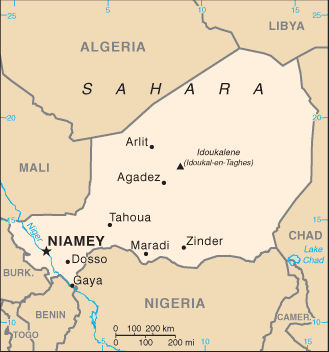In an update on the Rift Valley fever (RVF) outbreak in western Niger, the World Health Organization (WHO) puts the case tally at 90, including 28 deaths, according to a Thomson Reuters Foundation report.

The outbreak started in August in the Tahoua region.
The fear from UN health officials is that the viral disease my spread in West Africa. “Herders migrating with infected livestock pose the biggest risk of the epidemic crossing borders,” Oumarou Maidadji, medical coordinator for The Alliance for International Medical Action (ALIMA), told the Thomson Reuters Foundation by phone.
Nomadic stockbreeders from Niger and neighboring countries have just participated in the Cure Salée festival, a major annual mass gathering event from 23 to 25 September. During this festival, herds are brought to graze on the salty pastures ahead of the dry season. Around 2 million cattle and even more small ruminants were expected to be part of the event.
Rift Valley Fever is mosquito-borne virus that is endemic in parts of Africa including South Africa. It primarily infects animals like sheep, cattle and goats and it can have an economic impact on a community due to the loss of livestock.
Humans get infected through contact with infected animal blood or organs. Butchering and slaughtering of animals is a primary cause of transmission to humans. Certain occupations are at a higher risk of getting Rift Valley Fever like farmers, herders and veterinarians.
It can also be transmitted to humans through mosquito bites and the bites of blood-sucking flies.
Most cases of Rift Valley Fever are mild and symptoms include fever, headaches and muscle pain. However, a small percentage of people can get serious disease which includes retinitis, encephalitis and a hemorrhagic fever. Fatalities happen in less than 1 percent of those infected.
Related:
- Haiti, cholera and the aftermath of Hurricane Matthew
- Seven TB deaths reported at Venezuela prison
- Vietnam reports two additional Zika cases


3 thoughts on “Niger Rift Valley fever update: 90 cases, 28 deaths”